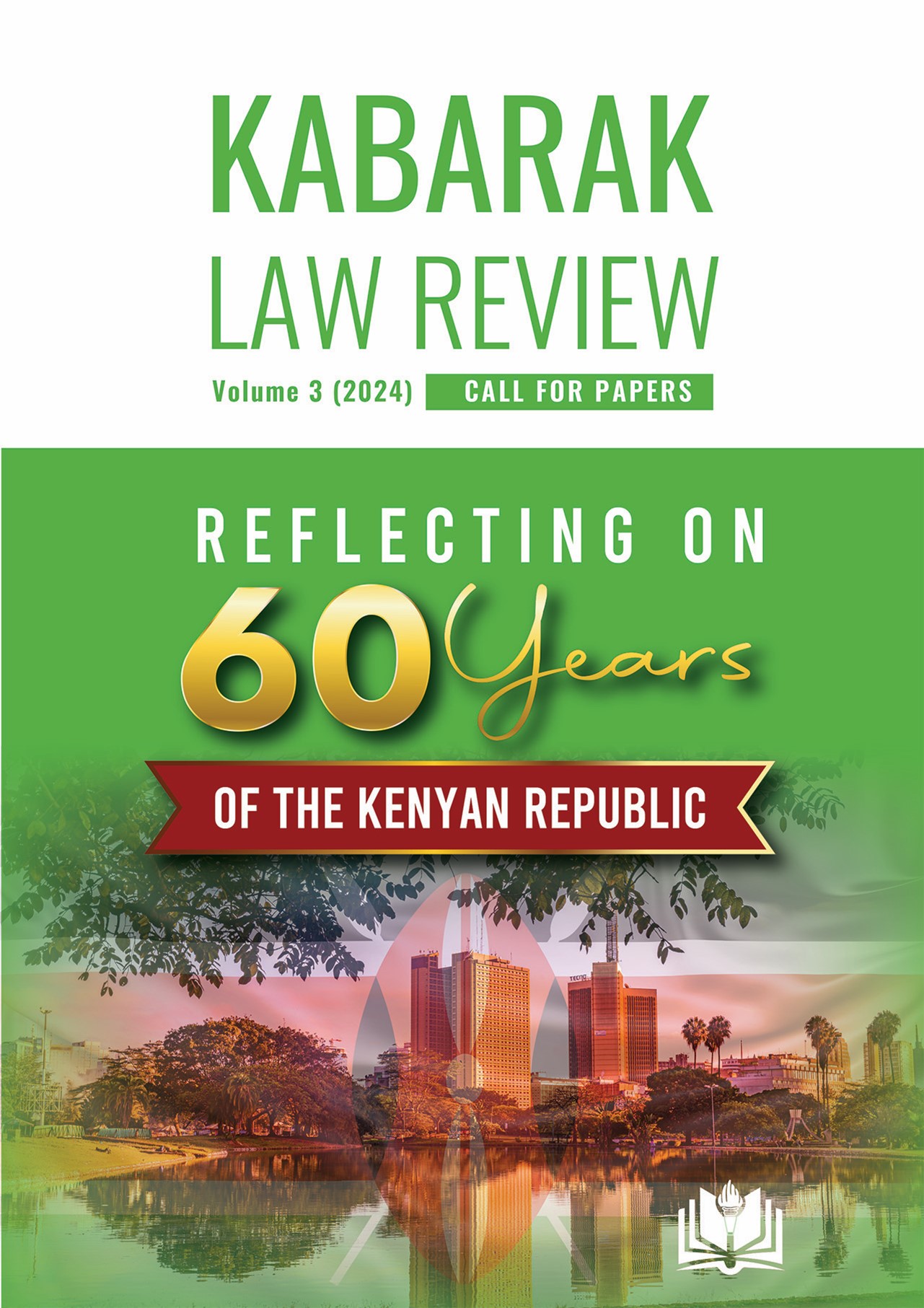From seats to voices: Analysing the effective participation of women in governance in the Kenyan parliament
Keywords:
women representation, effective participation, equality, gender parity, political inclusionAbstract
Since Kenya’s independence, women have strived for equal participation in governance, despite facing significant challenges due to societal norms. The Constitution of Kenya (2010) introduced gender reforms, enhancing representation through quotas and decentralisation. Since 2013, women’s representation in Kenya’s parliament has increased. However, the question that remains is whether the elected or nominated women have exercised their roles effectively. This paper traces women’s political participation in Kenya from the pre-colonial to the post-2010 Constitution period, highlighting the fight for gender parity and subsequent representation. It calls for gender equality rather than mere parity thereby addressing concerns about women in parliament being ‘voiceless representatives.’ This paper emphasises the need for women’s meaningful participation in decision-making processes, including their presence in parliamentary committees. This entails not only numerical representation but also active involvement in shaping policies and governance agendas, making their presence substantive rather than symbolic.


